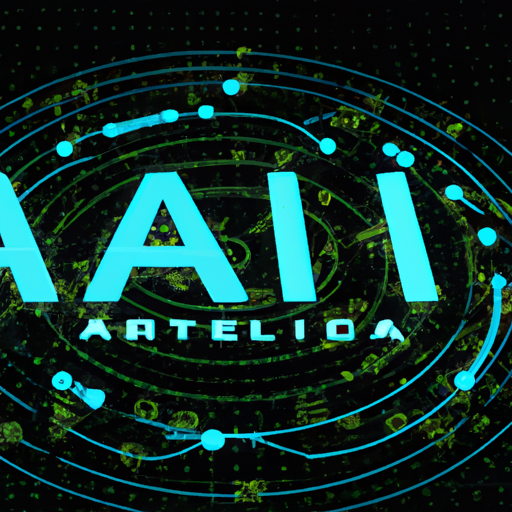Understanding Learning In Artificial Intelligence
Learning in artificial intelligence is a fascinating and rapidly evolving field that has captured the imagination of many.
From self-driving cars to virtual assistants, AI is revolutionizing the way we interact with technology.
But how does an AI system learn?
Let’s dive into the world of artificial intelligence learning and explore its various facets.
The Basics Of Artificial Intelligence Learning
At its core, artificial intelligence learning involves training systems to perform tasks by learning from data.
Unlike traditional programming where explicit instructions are provided, AI systems use data to identify patterns and make decisions.
This process mimics human learning but in a digital environment.
A popular method in AI programming with Python is using machine learning libraries such as TensorFlow and Scikit-learn.
These libraries provide tools for building models that can learn from data, making them integral to the development of intelligent systems.
Machine Learning: The Heart Of AI
Machine learning is a subset of artificial intelligence machine learning where algorithms enable systems to learn from and make predictions based on data.
There are three main types of machine learning:
1. Supervised Learning: Involves training a model on labeled data.
2. Unsupervised Learning: Uses unlabeled data to find hidden patterns.
3. Reinforcement Learning: Trains models through trial and error using rewards and penalties.
Each type serves different purposes but collectively contributes to the broader goal of creating intelligent systems that can adapt over time.
For instance, supervised learning might be used in email filtering, while reinforcement learning could be seen in autonomous robots navigating complex environments.
The Role Of Big Data In AI Learning
Big Data plays a crucial role in artificial intelligence learning by providing vast amounts of information for training models.
The more data available, the better an AI system can learn from it, improving accuracy and performance.
Consider how companies use customer data to improve recommendations or detect fraudulent activities; these applications rely heavily on large datasets.
In industries like finance or healthcare, access to big data combined with advanced machine learning techniques can lead to groundbreaking advancements such as personalized medicine or predictive analytics for stock trading.
Real-World Applications Of AI Learning
AI technology is not just theoretical; it has numerous real-world applications transforming various sectors globally.
Let’s look at some impactful examples:
Healthcare: Revolutionizing Patient Care
In healthcare, AI-powered tools are enhancing patient care through accurate diagnostics and personalized treatment plans.
For example, IBM Watson uses natural language processing and machine learning algorithms to analyze medical records swiftly and provide evidence-based treatment recommendations – saving time for doctors while improving outcomes for patients.
Similarly, imaging technologies powered by deep learning help radiologists identify diseases such as cancer earlier than ever before possible through manual analysis alone!
Finance: Improving Decision-Making And Security
Financial institutions leverage AI algorithms for everything from risk management analyses (e.G., Credit scoring) down fraud detection mechanisms that monitor transactions continuously flagging suspicious activities instantaneously ensuring greater security protecting consumers’ interests proactively addressing threats head-on!
Innovative platforms utilize cloud computing courses enabling seamless integration across multiple channels providing clients real-time insights facilitating informed decision-making processes thereby optimizing investment strategies yielding higher returns sustainably long term basis overall benefiting stakeholders alike holistically!

